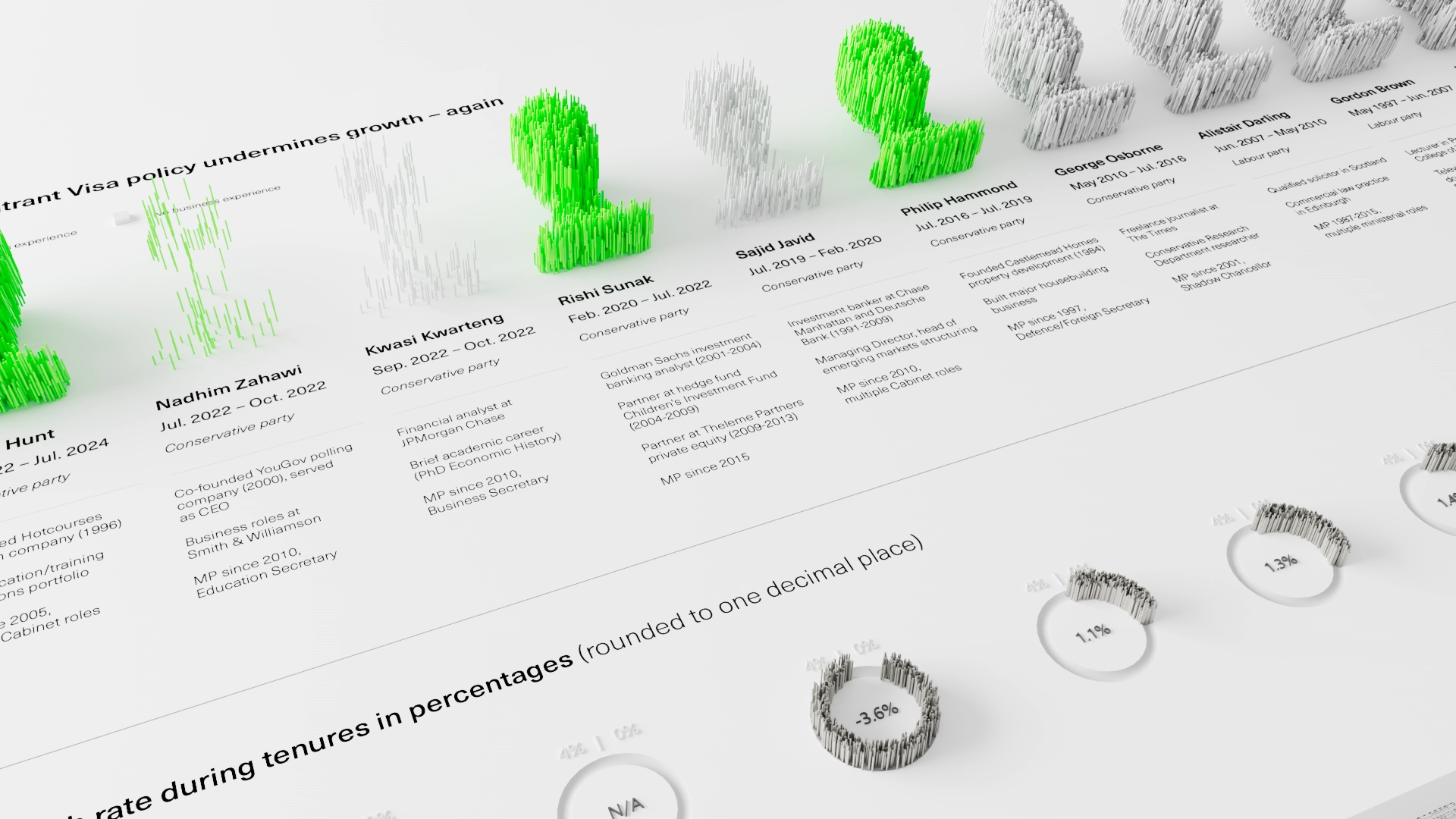
Artificial Intelligence (AI) has become the centrepiece of boardroom conversations across every industry. Companies are moving quickly to integrate AI into their operations, driven by the fear of being left behind in the fastest of digital economies. Yet in this race for adoption, many organisations are asking the wrong question: How can AI make us more efficient?
While efficiency matters, it should not be the sole purpose of AI. The true potential lies in using AI not only to accelerate existing processes, but to reimagine them altogether.
Limiting AI to incremental improvements is akin to Blackberry’s last anguished attempt to mimic Apple in the fight to maintain market share. At first, this approach feels safe: small feature upgrades, cosmetic enhancements and cautious steps forward. Yet, beneath the surface, the foundation remains dated, the architecture rigid and the vision tied to the past. Blackberry never caught up because while it was iterating, Apple was redefining the future. One was polishing a legacy, the other was defining a new standard.

The shipping industry is no exception. In recent years, companies have embraced digital transformation to automate manual tasks and improve oversight across the supply chain. AI, alongside technologies such as the Internet of Things (IoT), digital twins and cloud platforms, has enabled real-time monitoring and analytics to track vessels and cargo, predictive maintenance to anticipate equipment failures, streamlined port iterations to reduce bottlenecks and delays and customer service automated tools to reduce manual work. These applications have undeniably boosted efficiency, lowered costs, improved safety and strengthened decision-making across the sector.
However, much of this innovation remains focused on optimisation rather than transformation.
AI is being used to do the same tasks faster, not to ask whether those tasks should exist in the first place. For example, electronic bills of lading (eBLs), supported by blockchain and enhanced by AI tools already point toward a redefined model of trade documentation, one that could radically alter how goods are moved and tracked across borders. Instead of simply digitising paper processes, the industry has the opportunity to design entirely new frameworks for trust, transparency and collaboration.

The shipping industry should not stop at digital acceleration. Instead, it must ask: How might AI reshape global trade flows entirely? Can predictive technologies not only maintain vessels but redefine how fleets are deployed? Could AI-enabled systems move us from static scheduling to dynamic, demand-driven logistics? These are the questions that move us beyond efficiency toward transformation.
The same lesson applies to artificial intelligence across all markets. Companies that confine AI to minor optimisations risk falling into the Blackberry trap. Incrementalism can preserve short-term survival, but it does not build long-term ascendancy. Markets reward those who have the courage to reimagine, not just to refine. True differentiation lies in bold decisions, rethinking the entire experience and creating entirely new forms of value.
In the era of AI, the winners will not be those who cling to safe, incremental upgrades. They will be the visionaries who embrace transformation, invest in reinvention and challenge the limits of what is possible. The organisations that succeed will be the ones that treat AI not as a patch to existing systems, but as a platform for creating new models, new markets and new standards of excellence.
We ship boxes, but our thinking doesn’t need to stay inside one. AI in shipping has the power to go beyond automating what we already do.
By reimagining processes rather than just accelerating them, the industry can chart a course toward a truly innovative, intelligent maritime ecosystem.















